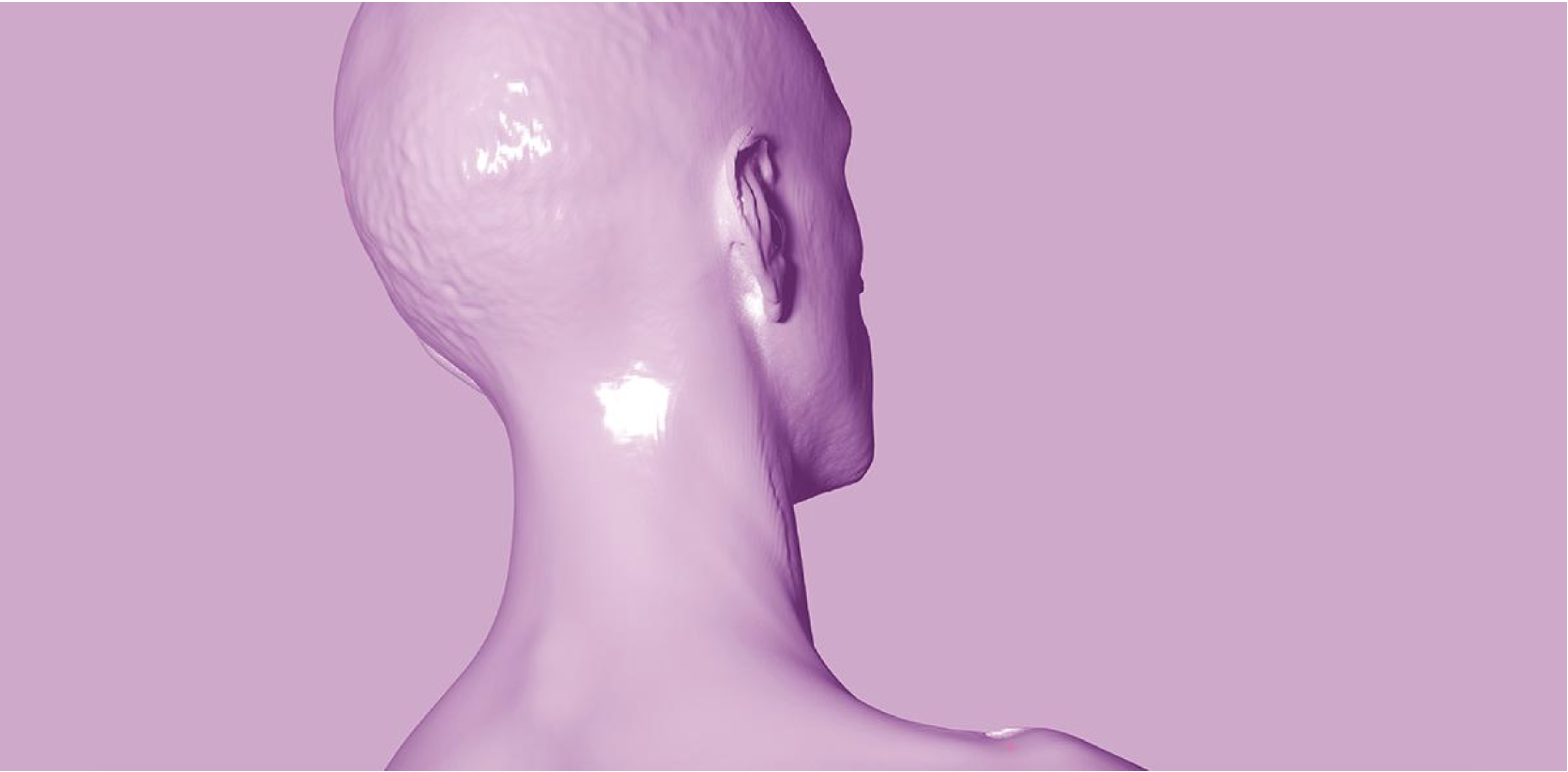
Text: Lyubov Melnickowa
Thank you for taking time for an den interview with us! Before asking questions about the brand, I would like to learn more about the designer and founder of the brand KERIMA ELFAZA.
Tell a little about yourself. How did your creative path begin and why did you decide to become a fashion designer?
From an early age on, I was not only fascinated by fashion. I have loved drawing, colours, shapes, patterns and materials since I can remember. I knew I was about to build my life around this. If you take a look at my designs you can see that I love to experiment with different colours. In my working process I reconsider, reorder, and redraw everything many times until I have a feeling of satisfaction of what I came up with.
My brand is not only exclusively a fashion brand. Often my designs are exhibited in art galleries or shown in performances. I love to think of myself as an independent designer who works in different media.
What does fashion mean in your understanding?
It‘s a way to express myself. It‘s about identity. Growing up in a german/arabic family was not easy for me. My creative side got pushed down my whole childhood and I am still struggling sometimes with the feeling of not being enough or being too much. My desire to work with fashion and art always kept me in between these worlds. Fashion should not only be aesthetically appealing and innovative. In my opinion it should also serve as a medium of communication to discuss current and relevant topics in society. Fashion is intertwined with culture, origins, history and zeitgeist.
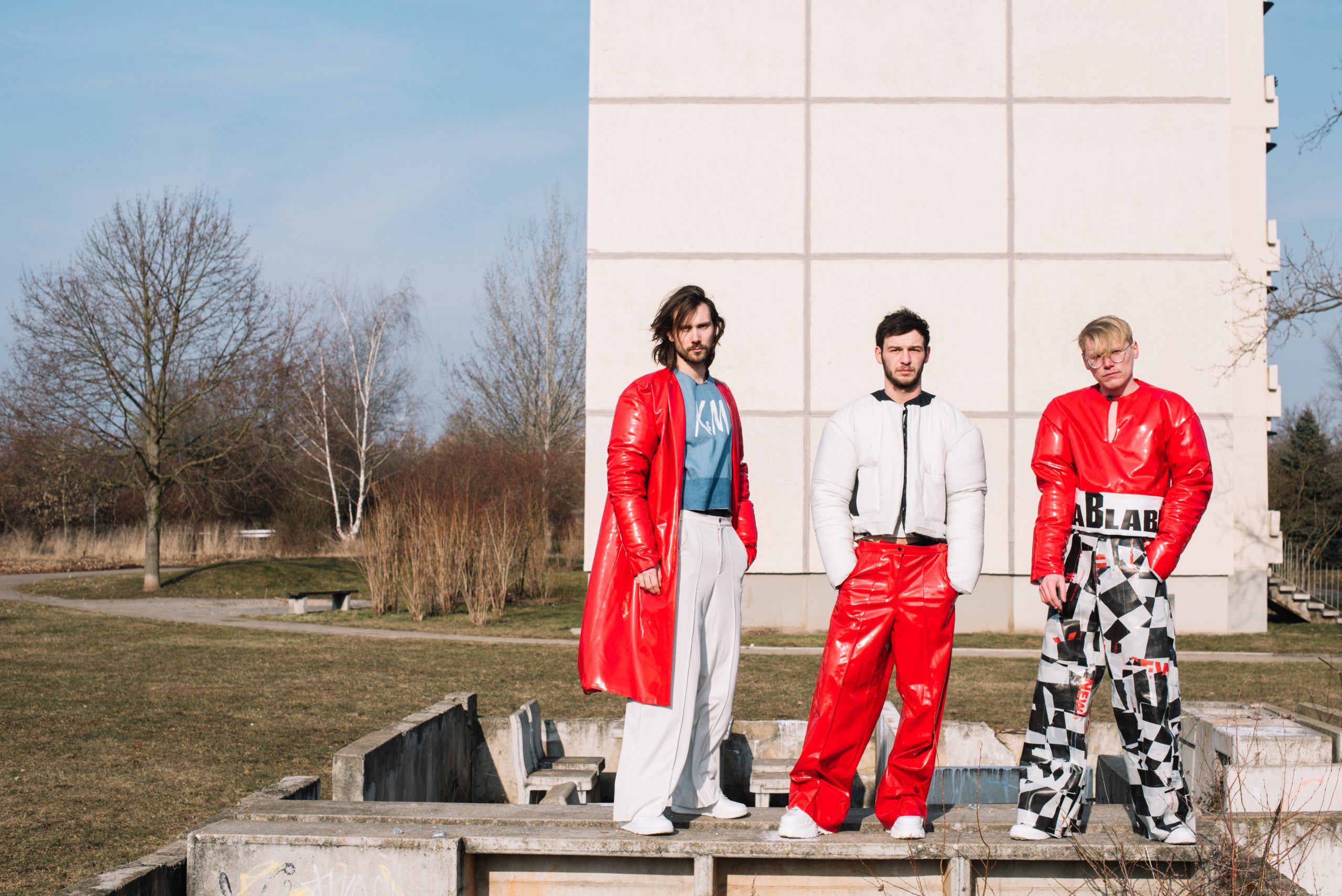
Tell us a little about the brand. At what point did the idea of creating a brand come up?
There was no ‚exact‘ moment or point where it all started. I have been starting to exhibit and present my work in galleries, shows and competitions like the „European Fashion Award“ (FASH) already, during my studies at art school. In that time, I started presenting my work on social media, got an invite to a variety of events like fashion shoots, shows, performances, exhibitions and pop-up stores. I have been very grateful for these opportunities, but it has been a lot of work to be recognized with my brand.
I started using 3D scans, 3D printing and digital prints on my fabrics in my BA. I developed more digital printed jewellery and concepts for digital print on textile while working on exhibitions.
As a rule, a clothing brand is a large team that takes part in the creation of collections. How many people are in the brand team and what are the responsibilities of the chief designer?
You could say I am a 1-Person army creating my collections. I work on the designs, create prototypes, handcraft and digitalize, as well as producing the clothing. I have a huge passion for manipulating textile surfaces and since I moved to Bremen I also started casting my own jewellery.
Of course it takes a whole team to realize ideas and projects. I usually work with a video producer, digital artists, make up artists, dancers & performers. Participating in an exhibition also requires communicating with curators to finalize the vision of my brand.
How would you describe the brand’s style?
My idea is that collections should not appear just pleasing and wearable, rather sending the message to provoke. I have more of an artistic perspective on fashion. Whether I press „garbage“ onto jeans or let crystals grow on fabric, behind every artistic exploration in material, there is always a hidden social critical message. Personalized clothing as a specific and interdisciplinary art form and jewellery opens up the opportunity to celebrate everybody’s uniqueness.
Now many brands are for environmental friendliness and recycling. What materials does the KERIMA ELFAZA brand use? What principles do you adhere to when creating clothes?
I love digital printing, especially on silk, using foil and 3D prints. For the future I will no longer require digital prints produced in metered fabrics. I want to use screen printing and use bacteria that can grow the colours. Working with the Clo3D (a digital fashion programm) will increase sustainability by reducing the production of prototypes and it also allows an open discussion with customers online.
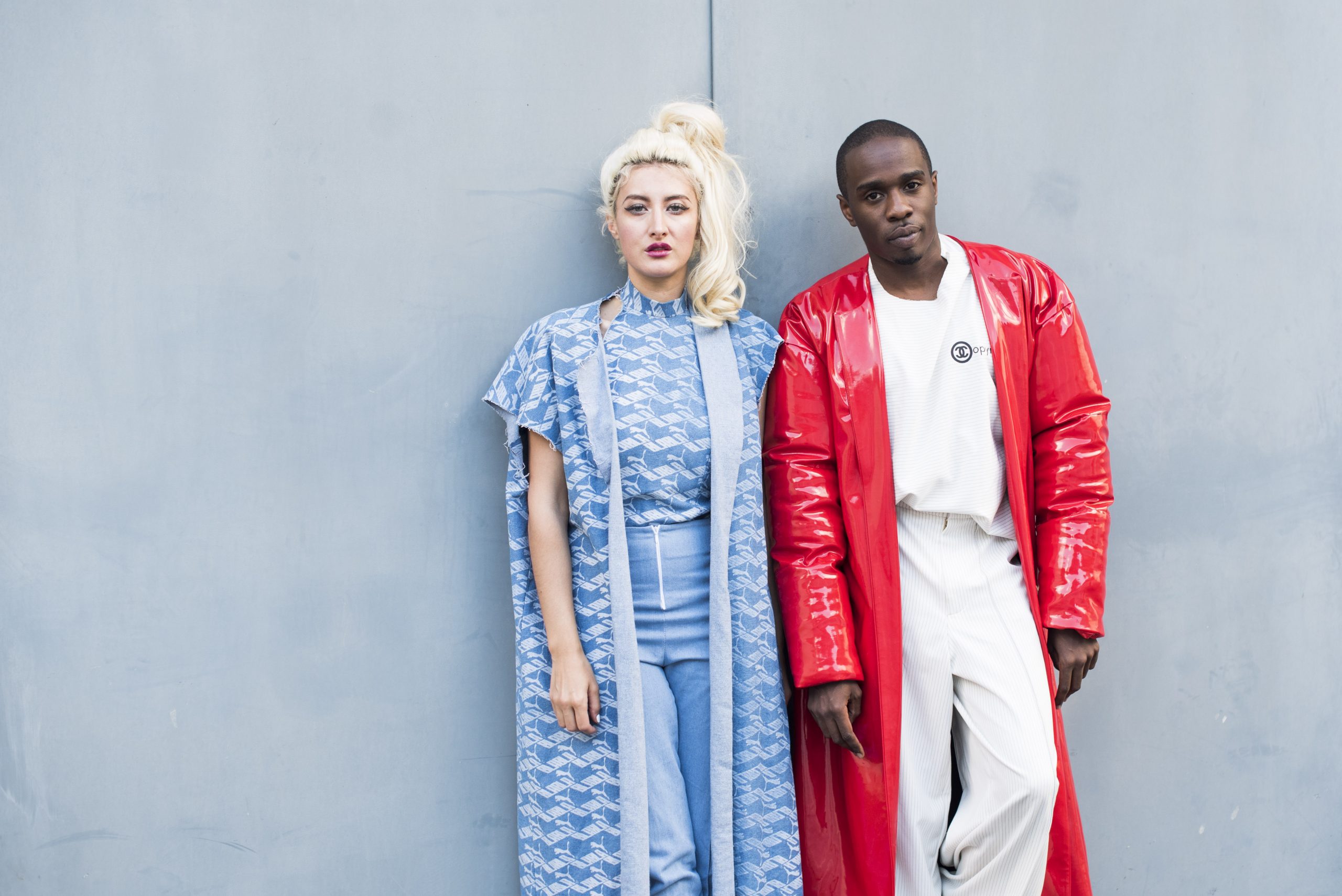
My 3D prints are made exclusively out of recycled polyamide. I am trying to develop more sustainable ways to produce 3D printed garments and accessories. Also I like the combination of the technology of 3D printing and traditional craftingship with aluminium and bronze.
Who is the KERIMA ELFAZA brand for? Can you describe its target audience?
It‘s not directly specifically designed for a certain stereotype or cliche that many big brands work with. My brand shows the diversity of people, no matter their size, age, ethnic background or gender identity.
My latest collection, „SECOND_SCAN“ has a very personal reference for standing up for yourself, making your own change, no matter who you are or that you’re not fitting into any categories.
KERIMA ELFAZA is a well-known brand in Bremen, Germany. Would you like the brand to exist on the world market in the future?
It‘s a big goal and a dream of mine to present my brand internationally. As an artist I am already present at several events, for example I will be participating at a fashion festival in the Netherlands this year.
I am always researching new techniques to push my brand and level up.
How would you describe today’s fashion and what feelings does evoke in you?
I see the same problems in fashion, as well as in the food industry. Who consumes should take responsibility. The consumer’s awareness is increasing, but at the same time the textile waste is also piling up. The issues of the broader concept of diversity, gender equality, animal welfare and sustainability must continuously evolve. We are not at the end of our rope yet. Innovative ideas of young designers who are deeply concerned about the production chain of materials need to be further explored and developed. I am trying to deal with these issues in my work process.
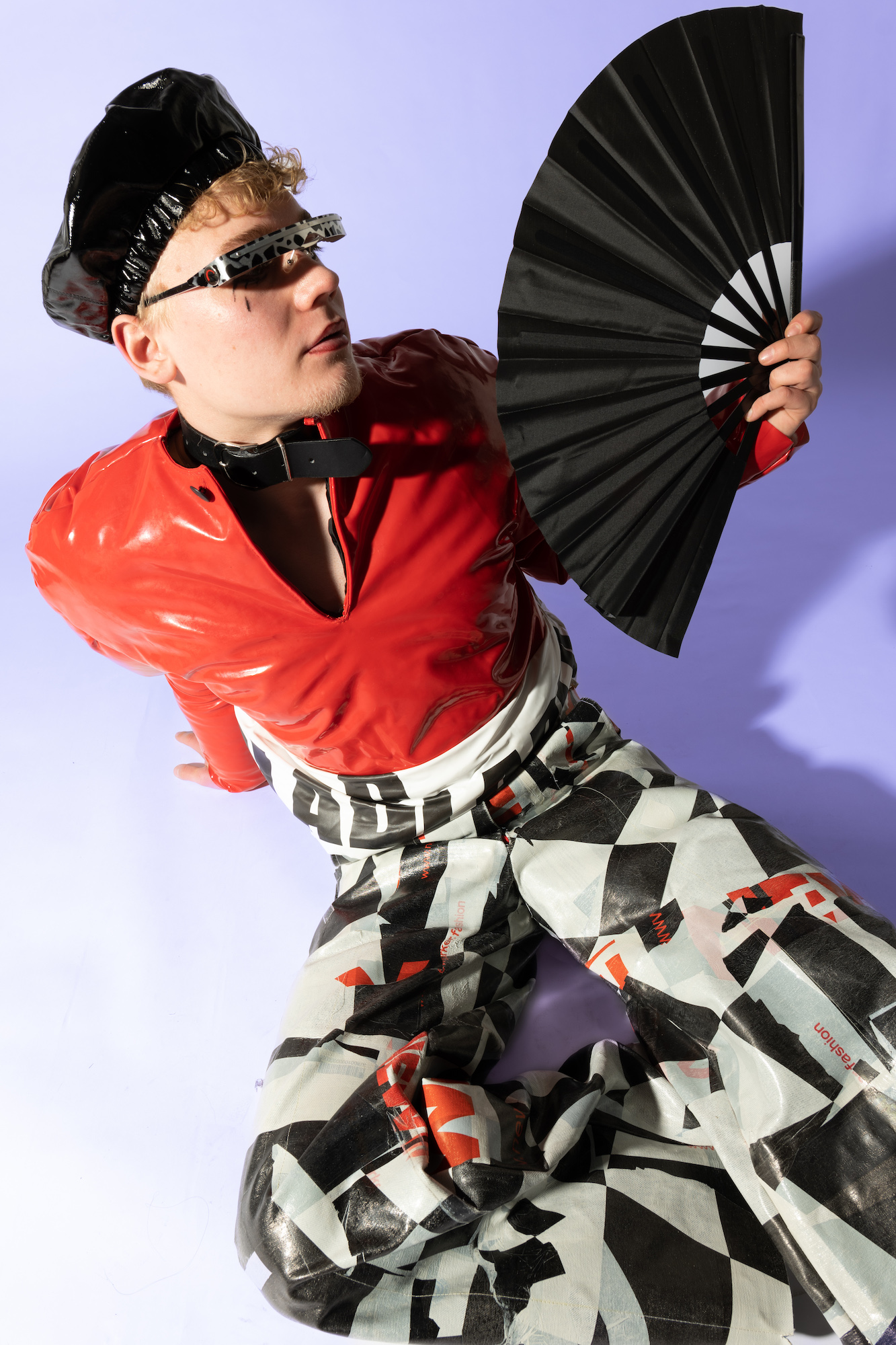
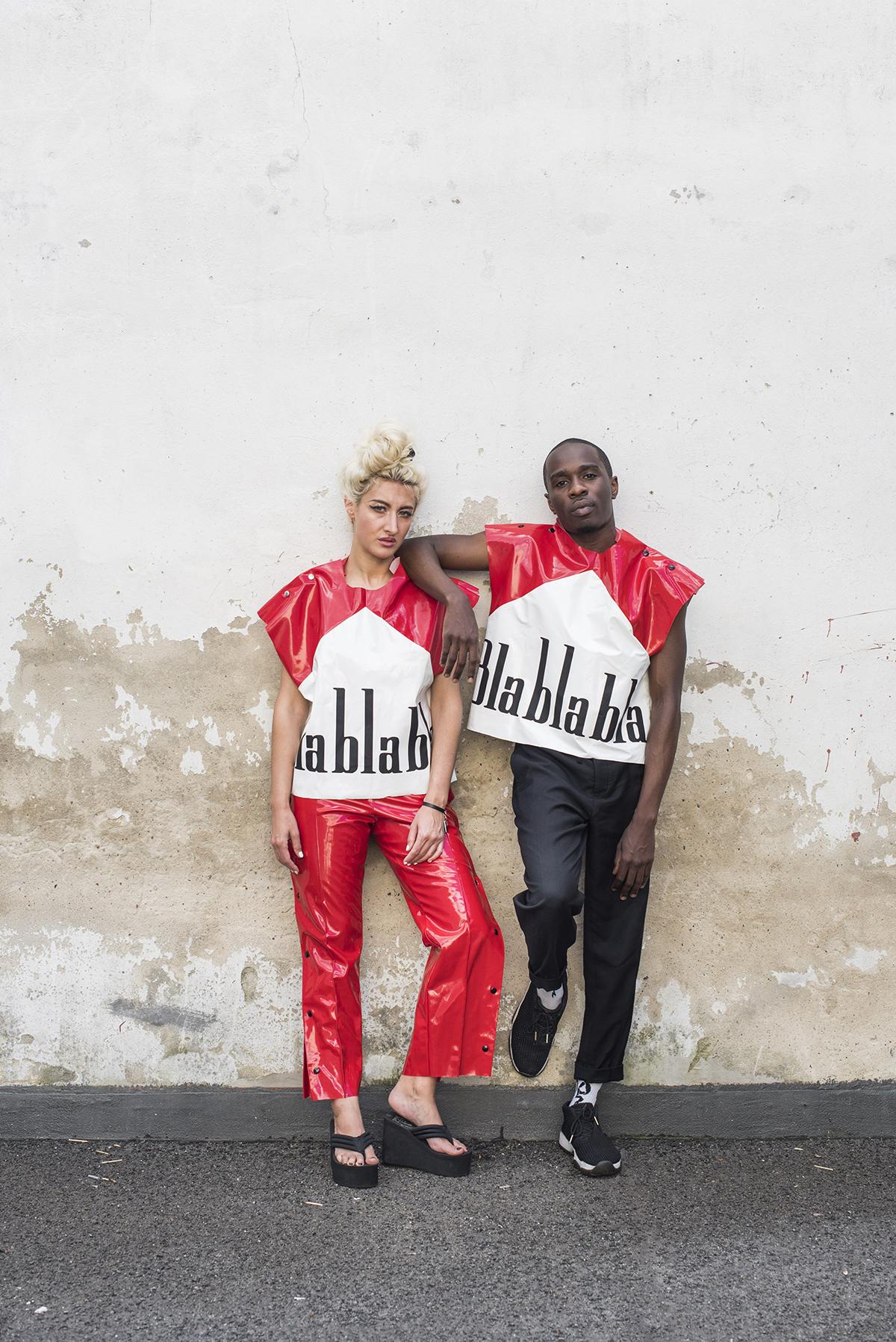
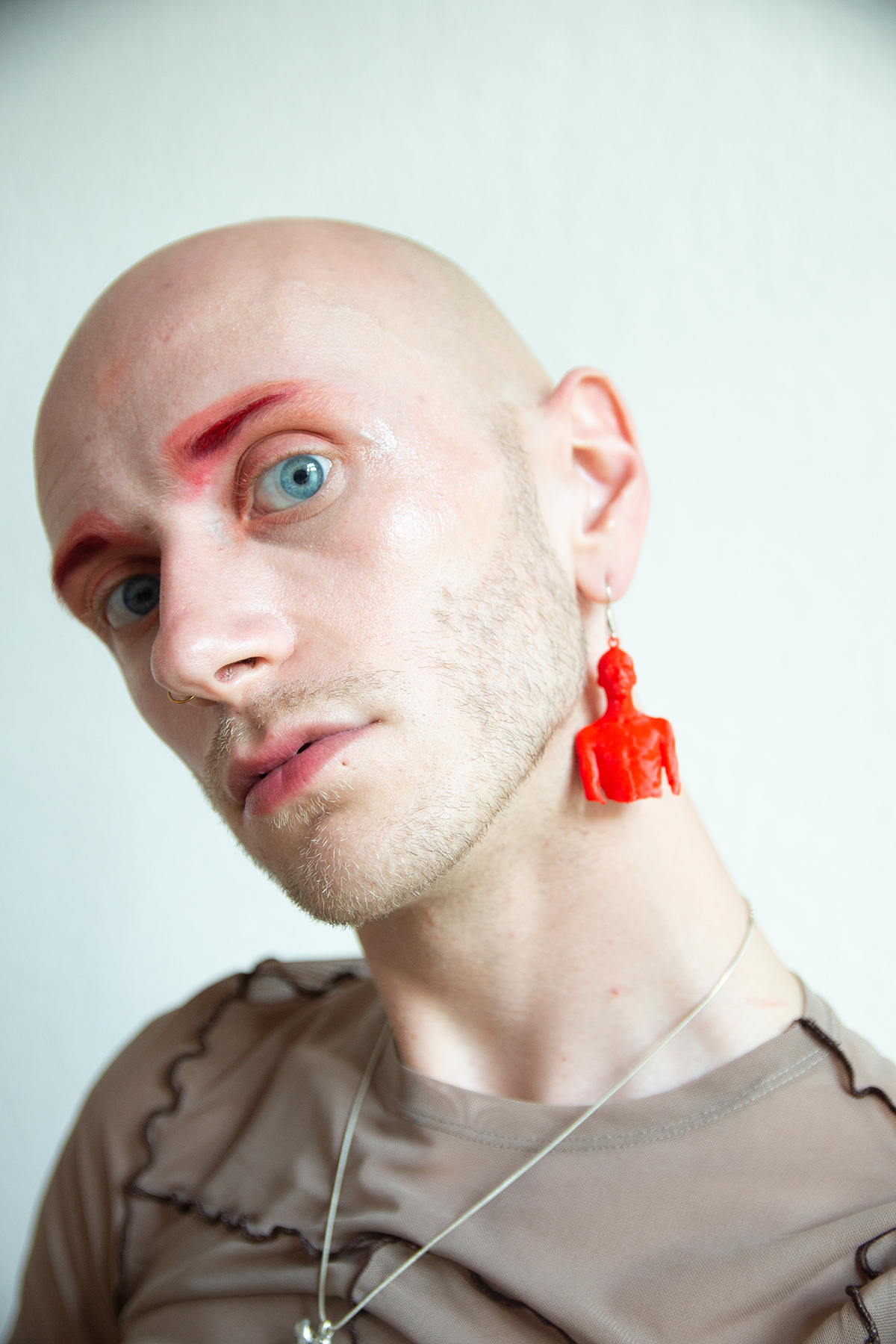
My first collection „Is(s) mir Wurst“, like „eat sausage“ which means „I don‘t care“, and my second collection „Kopyright“ have been both clever, ironic, ambivalent puns to openly criticize mass consumption. The protection of intellectual property constitutes an imperative in the age of Instagram and TikTok, in order to be able to preserve artistic design in the fashion industry. „Kopyright“ combines an explicit cross reference to „fast fashion“, by challenging plagiarism of discount clothing stores. While „Is(s) mir Wurst“, denounces societies opulent and careless consumption of meat. As source of my inspiration served a native east german provincial butcher, whose meat products I literally scanned and subsequently printo onto the fabrics.

